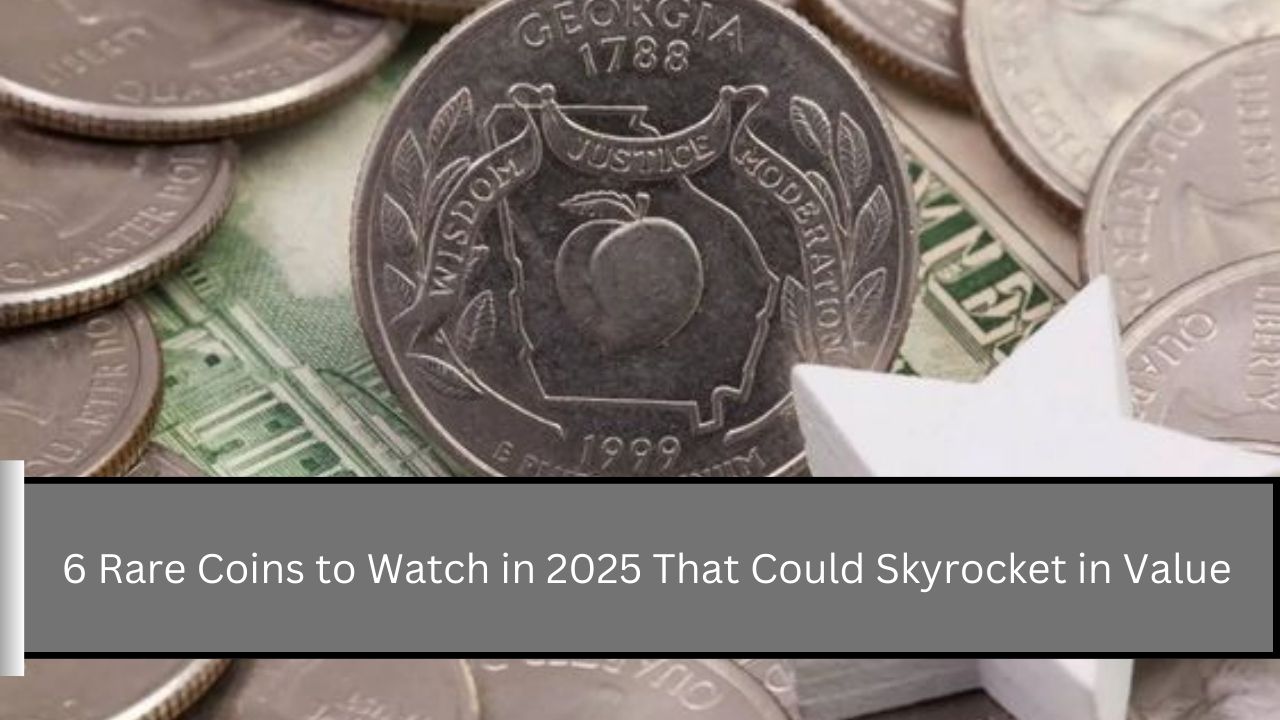The 1978-D Eisenhower Dollar is more than just a coin; it’s a symbol of American history and change. Produced during a significant time, this dollar reflects the values and challenges of its era. Whether you’re a coin collector or just curious about this coin’s story, features, and value, this guide will help you understand why the 1978-D Eisenhower Dollar is so important.
End of an Era
The 1978-D Eisenhower Dollar is one of the last large dollar coins made by the U.S. Mint. A total of 33,102,890 of these coins were minted in Denver, making it the fourth most produced coin in the Eisenhower series. Coin production varied greatly over the years. For instance, in 1976, during the Bicentennial celebrations, over 113 million coins were minted, while only 1.76 million were made in 1973.
This coin was introduced in 1971 to honor Dwight D. Eisenhower, a renowned war hero and former president. At the time, the U.S. was facing challenges, particularly due to the Vietnam War. Many believed it was essential to recognize Eisenhower’s contributions to the nation during such a tough period.
Minting Process and Transition
The 1978-D Eisenhower Dollar features a small “D” mintmark above the date, indicating it was produced in Denver. On October 10, 1978, President Jimmy Carter signed a law to create a new, smaller dollar coin called the Susan B. Anthony Dollar. Production for this new coin started on December 13, 1978. The Eisenhower Dollar continued to be made for a brief time alongside the Susan B. Anthony Dollar before being discontinued on December 31, 1978.
Value of the 1978-D Eisenhower Dollar
Collectors look for the 1978-D Eisenhower Dollar in two main categories: raw and certified. Raw coins have not been graded, while certified coins are evaluated by companies like CAC, NGC, or PCGS. Most raw coins can still be found in circulation or in special Uncirculated Coin Sets.
Coins that show wear typically aren’t worth much more than their face value of $1. However, Uncirculated coins in better condition can sell for four to ten times their face value on platforms like eBay. Here’s a quick look at the current values based on different grades:
| Grade | Value | Description |
|---|---|---|
| Mint State 65 | About $18 | Common uncirculated condition. |
| Mint State 66 | About $100 | Better quality, prices vary. |
| Mint State 67 | Up to $8,750 | Extremely rare and valuable. |
Market Data and Noteworthy Specimens
Some top-graded 1978-D Eisenhower Dollars have sold for impressive amounts at auctions:
| Grading Service | Population | Notable Sale Prices |
|---|---|---|
| PCGS MS67 | 14 known | Last sold for $7,050 (2017) |
| NGC MS67 | 28 known | Sold for $2,520 (2022) |
| CAC MS67 | 4 stickered | Recent sales ranged from $200 to $400 |
These examples highlight how valuable these coins can be, especially in excellent condition.
Design of the 1978-D Eisenhower Dollar
The design of the 1978-D Eisenhower Dollar is significant and reflects American ideals:
Obverse (Front)
- Shows Dwight D. Eisenhower facing left.
- The words “LIBERTY” and “IN GOD WE TRUST” are inscribed.
- The mintmark “D” is located just above the year 1978.
Reverse (Back)
- Features a bald eagle descending with an olive branch.
- North America is visible above the eagle.
- Includes the phrases “UNITED STATES OF AMERICA” and “E PLURIBUS UNUM”.
Edge
- The edge of the coin is reeded, meaning it has grooves for easy identification.
Conclusion
The 1978-D Eisenhower Dollar marks a crucial moment in the history of U.S. currency. Understanding its design, history, and value helps collectors and history lovers appreciate this coin even more. It symbolizes a time of transition in American currency, making it a popular choice among collectors today. Whether you’re looking to buy, sell, or simply learn about it, this coin tells a rich story that connects to America’s past and reflects its enduring values.
5 FAQ
FAQ 1: What is the significance of the 1978-D Eisenhower Dollar in U.S. currency history?
Answer: The 1978-D Eisenhower Dollar is significant because it marks the last year of production for this series of coins, symbolizing the transition from larger, silver dollars to smaller, more practical coins. Its release reflects changes in American economic policies and public sentiment regarding currency.
FAQ 2: Why was the Eisenhower Dollar introduced, and what was its intended purpose?
Answer: The Eisenhower Dollar was introduced to honor President Dwight D. Eisenhower and was intended to serve as a circulating dollar coin. It aimed to replace the silver dollar and promote the use of coins in daily transactions, particularly as the U.S. moved away from a silver standard.
FAQ 3: How can I identify a 1978-D Eisenhower Dollar, and what are its key features?
Answer: The 1978-D Eisenhower Dollar can be identified by its obverse featuring a portrait of Eisenhower and the reverse depicting an eagle landing on the moon, commemorating the Apollo 11 mission. The “D” mintmark indicates it was minted in Denver.

